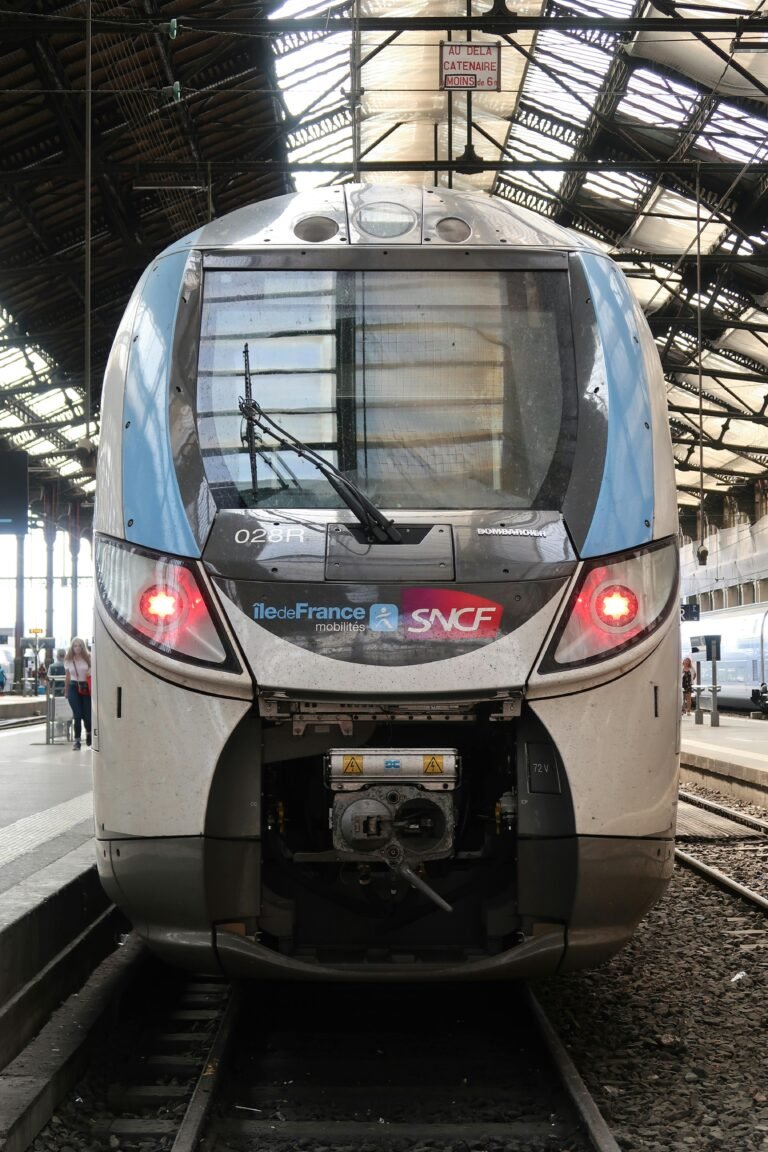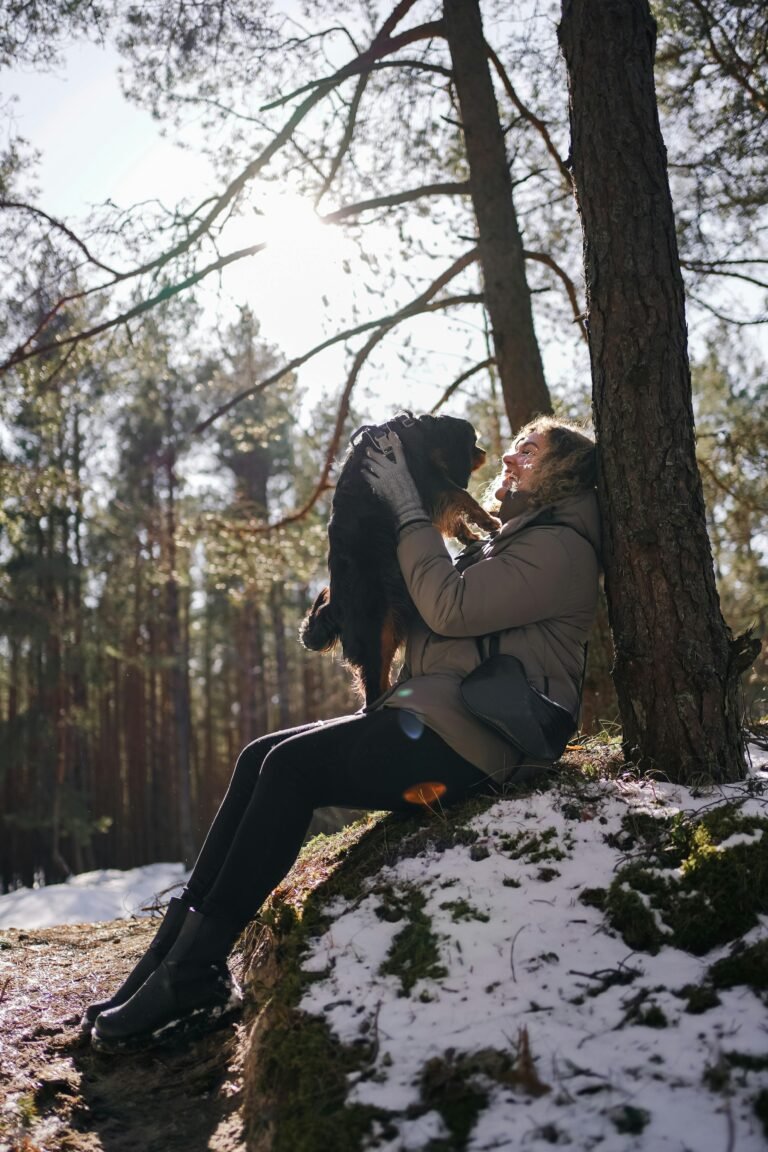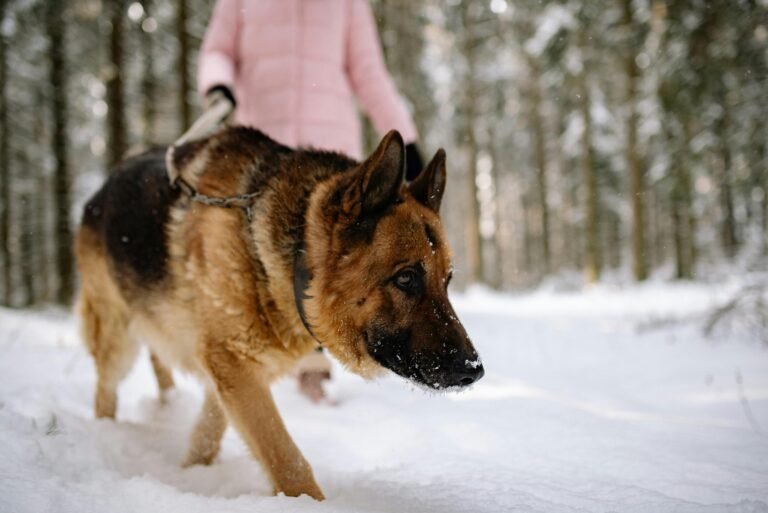Introduction
Europe’s rail network isn’t just one of the most scenic and efficient in the world — it’s also one of the most dog-friendly. From high-speed trains connecting capital cities to regional routes through alpine villages, traveling by train with your dog offers freedom, comfort, and unforgettable views. Imagine sipping coffee as your dog naps by your feet, the countryside blurring past the window — no airport chaos, no long car rides. Whether you’re hopping between Paris and Milan or exploring hidden gems in Austria, here’s everything you need to know about discovering Europe with your dog by train.
Why Train Travel Is Ideal for Dogs
Compared to flying or driving, trains are the sweet spot for canine travelers. They provide space to move, consistent climate control, and a relaxed pace that keeps anxiety low. Many European rail lines welcome dogs on board, and pet-loving passengers often make the journey even more pleasant.
- No security lines or cargo holds — your dog stays with you at all times.
- Plenty of opportunities for water and stretch breaks between connections.
- Scenic routes with less stress and fewer restrictions than air travel.
With a little research, rail travel becomes one of the most comfortable ways to explore Europe — both for you and your four-legged companion.
Understanding Pet Policies by Country
Each country (and even each rail company) sets its own pet rules. Fortunately, most are straightforward and welcoming. Here’s a quick overview of major networks and what to expect:
France (SNCF)
- Dogs under 6 kg travel free in carriers (max 45×30×25 cm).
- Larger dogs require a ticket, usually around €7–10 per trip.
- Dogs must be leashed and muzzled (even friendly ones).
- Pets are welcome on TGV, Intercités, TER, and Ouigo trains — no cargo needed.
Tip: French passengers are used to dogs on board. Just keep your pup calm, and you’ll likely get smiles — and maybe a croissant crumb or two.
Germany (Deutsche Bahn – DB)
- Small dogs (under carrier size) ride free; large dogs need a half-price child ticket.
- Muzzles are required for big dogs, though rarely enforced if they’re calm.
- Dogs can sit beside you or on the floor — never on seats.
- Regional trains are especially dog-friendly, with plenty of space between cars.
DB even provides a “Reiseführer mit Hund” (travel guide with dogs) online — a testament to Germany’s practical love for pets.
Italy (Trenitalia & Italo)
- Small pets under 10 kg travel free in carriers.
- Larger dogs must have a muzzle, leash, and half-price second-class ticket.
- Dogs are allowed in all cars except executive and silent zones.
- Regional trains are often more relaxed than high-speed routes.
Italians adore dogs — you’ll find water bowls at stations and even dog biscuits in some cafés inside train terminals.
Switzerland (SBB/CFF/FFS)
- Small dogs (under 30 cm at the shoulder) travel free if in carriers.
- Larger dogs need a 50% discount “dog day pass” (€25 approx.) — valid on all Swiss trains, trams, and boats.
- No muzzle requirement, but good manners are expected.
With punctual trains, fresh air, and stunning scenery, Switzerland is one of Europe’s best destinations for canine train travel.
United Kingdom (National Rail)
- Two dogs per passenger ride free across the UK network.
- Leashes required, but no muzzles needed.
- Dogs can travel on the Eurostar only if part of an approved pet relocation service (unfortunately, direct passenger travel with pets is still restricted).
Once in the UK, dogs can roam by train from London to Scotland without issue — perfect for those combining city breaks and countryside escapes.
Scandinavia (Denmark, Sweden, Norway)
- Most Nordic trains welcome dogs, though designated “pet-friendly carriages” are common.
- Tickets range from free (small dogs) to 50% of an adult fare for larger breeds.
- In Sweden, SJ trains require dogs to stay in marked sections with owners.
Scandinavia’s clean, well-organized trains make traveling with dogs a breeze — just book early, as pet-designated seats fill fast.
Booking and Boarding Tips
- Book in advance: Some rail lines limit the number of dogs per car. Reserve seats early, especially during summer or holidays.
- Choose strategic seating: End-of-car rows, near doors or exits, offer more floor space.
- Bring proof of vaccination: Occasionally requested during international journeys (especially crossing borders).
- Carry cleanup essentials: Wipes, poop bags, and a small towel for muddy paws.
- Feed before boarding: A light meal 2–3 hours prior helps prevent motion sickness.
Arrive 15–20 minutes early for a calm boarding experience — dogs sense your energy, so a relaxed pace helps them settle quickly.
Cross-Border Train Travel With Dogs
Crossing European borders by train is simpler than air travel, but make sure your dog meets entry requirements for each country on your route. The basics:
- Microchip: ISO 11784/11785 compliant and readable by scanner.
- Rabies vaccination: At least 21 days before travel.
- EU Pet Passport: For EU residents or visitors staying longer term.
- Animal Health Certificate: For UK-based travelers re-entering the EU.
Trains like the ÖBB Nightjet (Vienna–Zurich–Paris) and TGV routes through France and Spain make border crossings easy — just keep your documents handy in case conductors request them.
Comfort and Etiquette Onboard
Good manners make travel smoother for everyone. A few train-specific tips:
- Keep dogs on the floor — never on seats or tables.
- Bring a small mat or blanket for them to rest on.
- Offer water during long rides, but limit heavy feeding.
- Respect quiet zones and fellow passengers’ space.
Most European passengers are dog-lovers, but showing courtesy ensures dogs remain welcome on public transport for years to come.
Recommended Scenic Train Routes for Dogs
- Bernina Express (Switzerland–Italy): Panoramic alpine views and dog-friendly cars.
- Rhine Valley Line (Germany): Castles, vineyards, and riverside walks between Cologne and Mainz.
- Paris to Nice (France): Coastal landscapes and sun-drenched villages.
- Oslo to Bergen (Norway): Stunning fjord crossings and pet-friendly cabins.
- Florence to Rome (Italy): High-speed trains where dogs travel comfortably with muzzles and leashes.
Each of these routes combines comfort and beauty — proof that train travel can be as enriching for dogs as for humans.
Conclusion
Traveling by train across Europe with your dog is more than a convenient option — it’s a shared adventure through history, culture, and landscapes. The gentle rhythm of the tracks, the kindness of fellow travelers, and the ease of movement make it an experience like no other. With a bit of planning, a well-packed travel kit, and your dog by your side, Europe’s rails are wide open. All aboard for tail wags, window views, and unforgettable memories.






